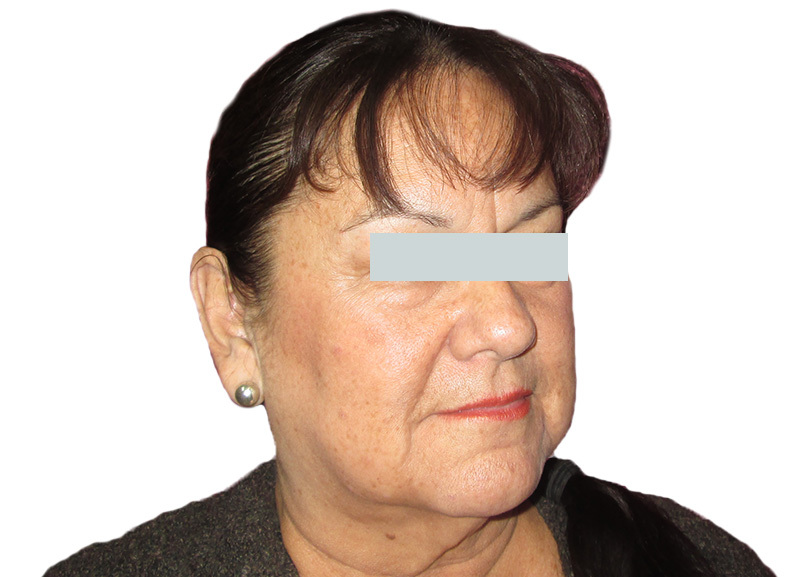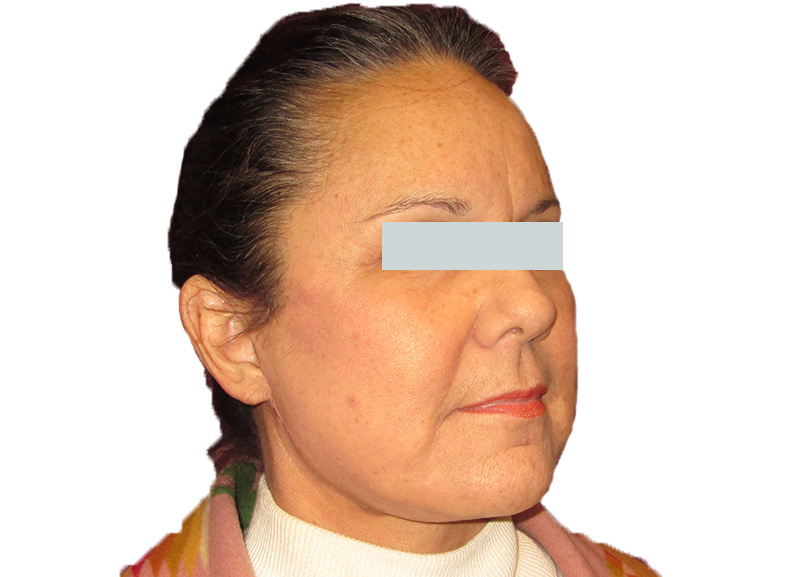Looking to the Future in Medicine
The COVID-19 virus has been extremely difficult for all of us. Beyond the devastation to people’s health and wellbeing, medical offices are experiencing complete shutdowns in some places.
As medical care providers, we need to prepare for a new “future” in medicine for the time being. The proper time to reopen involves many factors.
- State regulations, practice location
- Outbreak significance in your area
- Emergency medicine provided
- Medical team health
- Employee availability
All these factors need to be considered before the decision to reopen or a “soft” reopen is made.
In the meantime, private medical practices and medical care providers need to prepare for the new polices they will need to put into place to begin seeing patients again.
Here are 8 points to consider and implement to protect yourself, your team, and your patients. Please share your thoughts and ideas to help others in the medical profession work toward a safe reopening process.
8 Points to Consider when Reopening a Medical Office
- Patient Communication:The most Important Step. Explain how the use of Personal Protective Equipment (PPE) works for every patient.
- Stagger Patients:Do not stack medical appointments – Ramp-up slowly. For example: only use rooms 1-3-5.
- Change Appointment Confirmation Style:Explain the new safety policies over phone appointment confirmation calls. Ask if the patient has any symptoms or fever.
- Modified Patient Check-In:The reception room is closed. Check-in is done over the phone. Patients will wait to be called-in for their appointment once the previous patient is gone and sanitation is complete.
- Office entry Restricted:Only patients may enter office for appointment. Spouses, friends, caregivers, and parents need to wait outside. They can assist patient to the front door and hand off to the office staff.
- Remove Non-essential Items: Any non-clinical items should be stored such as: Medical flyers, brochures, samples, displays, etc.
- Medical Supply Deliveries: All supply deliveries from package carriers or medical suppliers must be accepted outside and sanitized once in the office.
- Take Temperatures:This is done for everyone in the office daily to protect yourself, your team, and your patients.
COVID-19 Communication in Medical Practices
This is a fluid and evolving situation; communication with your medical team and patients is the most important part of the process.
Refining the process: each practice will reopen using protocols that are unique to their situation. The eight steps above are a guide or “rough draft” to use as a reference.
Once you determine the proper steps that fit your practice the next phase is to try a “soft opening”.
“Soft-Opening” a Medical Practice
We all need to start somewhere. Our private medical practices are not going to be closed forever. Ensuring that you are protecting your patients and employees is of the highest priority.
Using the following medical protocols can help you “soft open” or test how the new procedures can work for your practice.
Urgent Patients Only
- Defined as patients who require urgent care.
- A medical procedure that was recommended a month or two ago will become urgent.
- For medical procedures add an additional 20-30 minutes per patient, per procedure to help mitigate any contamination and allow for the best patient/team management
Guidelines for Practice
All employees will wear PPE and adhere to handwashing protocols.
This includes a mask (N95 or equivalent), eye protection, gown, and gloves.
Patient & Employee Protocols:
All patients must be called prior to their appointment in order to inform them of the mandatory protocols
Medical Team Protocols for Office Visits
- Patients and/or their Parent/Guardian “Check-In” from their car upon arrival at the office
- The Patient and/or their Guardian/Parent will wait in the car until the office calls the patient into the office
- The patient (if a minor) will be escorted to the office door by the parent/guardian.
- Only the patient is allowed in the office
- The Parent/Guardian will “Hand-Off” their minor child to the medical staff at the door
- The temperature of every patient will be taken before they come into the office
Patient must be cleared by the Office Administrator to enter the Medical Office.
First Patient Interaction:
- A “greeter” (medical staff) from the office will escort the patient directly to the treatment area/chair (after appropriate hand washing)
Patient Post Treatment:
- Upon completion of the medical service, the patient’s guardian/parent will be notified by phone to come to the front/ back door.
- The Patient will wash their hands when leaving the office (They hand wash twice, arrival and departure)
- The patient will be “Handed-off” to their parent/Guardian who is outside by the door and NOT in the office
- If a payment is required, the patient will be required to make the payment prior to the service being completed
- A follow up appointment will be given at the time of payment
End of Day: Medical Team Procedures
- Please remove disposable lab coat/gown before you remove your gloves
- If desired, please bring a change of clothing to change into and properly store your garments in a plastic bag so you can wash them when you return home
- After you dispose of your PPE, please wash your hand with soap and water for at least 20 seconds
Sterilization Tech:
After each visit every place the patient goes will be wiped down with Cavicide or an equivalent surface disinfectant.
Reason to Soft-Open
Patients will need care and this will continue to increase as certain medical procedures become critical over time.
Medical care providers need to educate themselves and their team on how to start treating patients in the new era of COVID-19.
There will no longer be a 100% safe certainty but every patient that enters your medical office should be considered to be a COVID-19 patient. This way your protocols and procedures protect everyone.
As Doctors and healthcare professionals, we are the most prepared to keep patients safe and reopen.
The reason to “soft open” is to help patients and find out which safety protocols work for you and your team.







